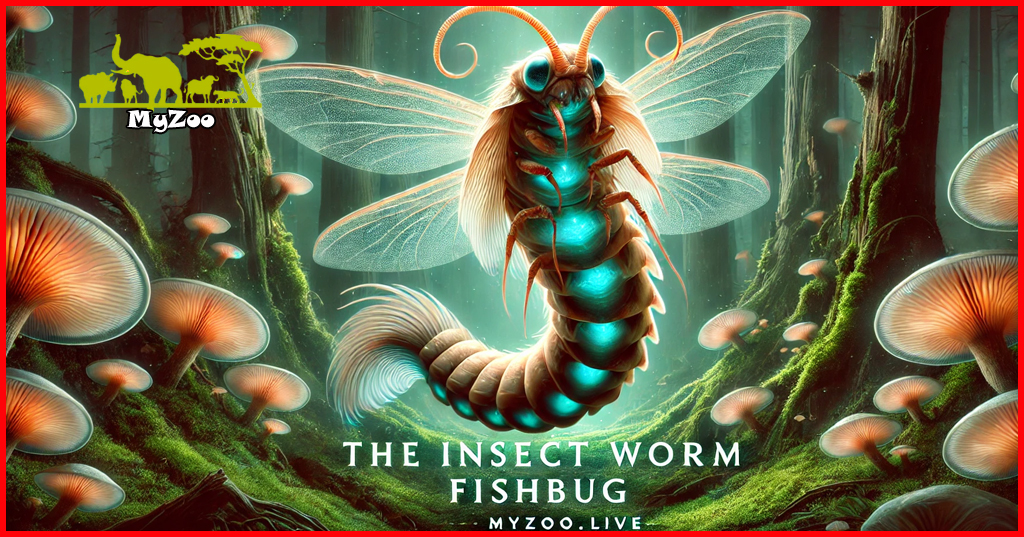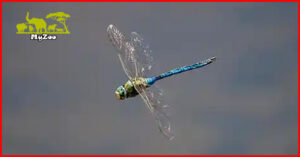
The Insect Worm Fishbug: Nature’s Most Intriguing Hybrid
Imagine a creature so unique that it defies categorization—a hybrid of an insect, a worm, and a fish, with a touch of bug-like mystery. Meet the insect worm fishbug, one of nature’s most enigmatic creations. This blog post dives deep into the world of the insect worm fishbug, exploring its biology, habitat, ecological role, and why it captivates scientists and nature enthusiasts alike.
Whether you’re a curious reader or a seasoned biologist, this guide will provide you with a comprehensive understanding of this fascinating creature. Let’s embark on a journey to uncover the secrets of the insect worm fishbug!
The Biology of the Insect Worm Fishbug
The insect worm fishbug is a marvel of evolutionary adaptation. Its unique anatomy combines features from insects, worms, and fish, making it a subject of intense scientific study.
Key Features:
- Exoskeleton: Like insects, it has a hard outer shell for protection.
- Segmented Body: Resembling worms, its body is divided into multiple segments.
- Fins and Gills: Borrowing from fish, it possesses fins for movement and gills for underwater respiration.

Habitat and Distribution: Where Does the Insect Worm Fishbug Thrive?
The insect worm fishbug is primarily found in freshwater ecosystems, such as rivers, lakes, and wetlands. Its adaptability allows it to thrive in diverse environments, from tropical rainforests to temperate zones.
Global Distribution:
| Region | Habitat Type | Population Density |
|---|---|---|
| South America | Amazon Rainforest | High |
| Southeast Asia | Mangrove Swamps | Moderate |
| North America | Freshwater Lakes | Low |
Table 1: Global distribution of the insect worm fishbug.
The Life Cycle of the Insect Worm Fishbug
The life cycle of the insect worm fishbug is a fascinating journey through multiple stages:
- Egg Stage: Laid in clusters on aquatic plants.
- Larval Stage: Resembles a worm, feeding on algae and detritus.
- Pupal Stage: Undergoes metamorphosis in a protective cocoon.
- Adult Stage: Emerges with fully developed fins and gills, ready to reproduce.
Ecological Role: Why the Insect Worm Fishbug Matters
The insect worm fishbug plays a crucial role in maintaining the balance of aquatic ecosystems.
Key Contributions:
- Nutrient Cycling: Breaks down organic matter, enriching the water with nutrients.
- Food Source: Serves as prey for larger aquatic animals, such as fish and birds.
- Pollination: Some species aid in the pollination of aquatic plants.
7 Fascinating Facts About the Insect Worm Fishbug
- Hybrid Evolution: The insect worm fishbug is a rare example of convergent evolution, blending traits from multiple species.
- Bioluminescence: Some species glow in the dark to attract mates or deter predators.
- Regeneration: Can regenerate lost body parts, much like worms.
- Longevity: Lives up to 5 years, a remarkable lifespan for its size.
- Communication: Uses vibrations and chemical signals to communicate.
- Camouflage: Changes color to blend into its surroundings.
- Symbiosis: Forms mutualistic relationships with certain fish species.
How to Identify an Insect Worm Fishbug: A Step-by-Step Guide
Identifying an insect worm fishbug can be challenging due to its unique features. Follow these steps:
- Look for Segments: Check for a segmented body resembling a worm.
- Observe Fins: Note the presence of small, fin-like structures.
- Check for Gills: Look for gill openings near the head.
- Examine the Exoskeleton: A hard outer shell is a key indicator.
Threats and Conservation: Protecting the Insect Worm Fishbug
Despite its resilience, the insect worm fishbug faces several threats:
Major Threats:
- Habitat Destruction: Pollution and deforestation are shrinking its natural habitat.
- Climate Change: Rising temperatures affect its reproductive cycles.
- Overfishing: Accidental capture in fishing nets reduces its population.
Conservation Efforts:
- Protected Areas: Establishing sanctuaries in key habitats.
- Public Awareness: Educating communities about its ecological importance.
- Research Funding: Supporting studies to better understand its biology.
FAQs About the Insect Worm Fishbug
Q1: Is the insect worm fishbug dangerous to humans?
A: No, it is harmless and plays a beneficial role in ecosystems.
Q2: Can the insect worm fishbug survive out of water?
A: Only for short periods. It relies on water for respiration and movement.
Q3: How can I help conserve the insect worm fishbug?
A: Support conservation organizations and avoid polluting freshwater ecosystems.
Conclusion: Why We Should Care About the Insect Worm Fishbug
The insect worm fishbug is more than just a curious hybrid—it’s a testament to the wonders of evolution and the interconnectedness of life. By understanding and protecting this unique creature, we contribute to the health of our planet’s ecosystems.
Call to Action: Share this post to spread awareness about the insect worm fishbug, and let us know your thoughts in the comments below!
Visual Elements Recap:
- Hero Image: A striking image of the insect worm fishbug in its natural habitat.
- Infographics: Life cycle and anatomy visuals.
- Comparison Table: Global distribution data.
- Callout Boxes: Highlighting key facts and conservation tips.
By combining engaging content with visually appealing elements, this blog post offers a comprehensive and immersive experience for readers. Dive into the world of the insect worm fishbug and discover nature’s most mysterious hybrid!


One thought on “The Insect Worm Fishbug: Nature’s Most Intriguing Hybrid”
Comments are closed.